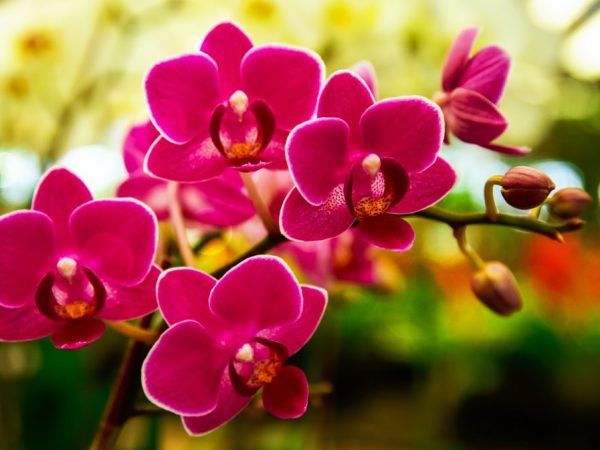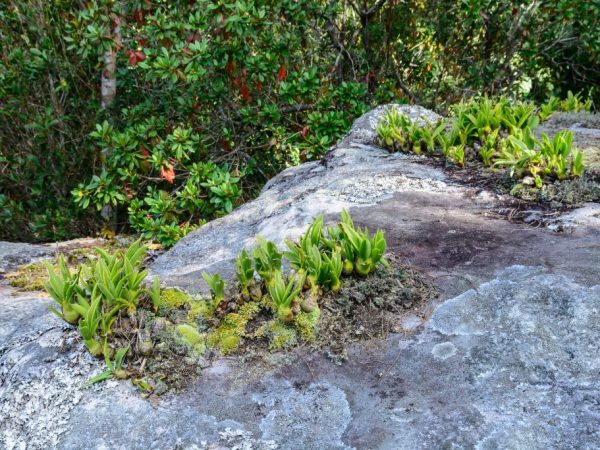Where is the birthplace of the orchid plant
Professionals are engaged in the cultivation of Orchids on their windowsill. The flower is whimsical to growing conditions, but it has such a beautiful flowering that the work pays off in full. For successful cultivation, it is important to know where the homeland of the Orchid plant is located, what is the climate and soil in this region. This will help create the necessary conditions.

Homeland of the orchid
Orchid species and growth conditions
Depending on the growth method, the following types are distinguished:
- epiphytes;
- lithophytes;
- herbaceous.
Most of the plants are found in the tropics, where temperatures and humidity are high. This is due to the strong dependence of the flower on water, as well as poor tolerance to direct sunlight. Tall trees protect the plant from sun and wind. Some species live in the middle lane.
Epiphytes
This is the type of plant that will settle on larger ones. Orchids are not a parasite and do not feed on other people's sap. Epiphytes receive the necessary substances through photosynthesis, and take moisture from the air.
The homeland of the epiphytic orchids is South and Central America, as well as the tropical regions of Asia. Evolution forced the plant to grow without dependence on soil. They are characterized by the presence of aerial roots, which take everything they need from the precipitation on the bark of trees.
The plant feels good in constant shade. Also, the flower is not picky about fluctuations in temperature and humidity, which makes the tropics ideal conditions.
One of the most common type of epiphytes is Precious. Her homeland is Malaysia and New Guinea.
Lithophytes
These include flowers found in highlands and among stones. A distinctive feature is their developed root system.
The lithophytic orchid lives in:
- Andes;
- Peru;
- Venezuela;
- Brazil;
- Colombia.
Lithophytes prefer a humid but cool climate. They can grow at an altitude of 2 km above sea level and tolerate sudden temperature fluctuations normally. In some habitats, the temperature can drop to -13 ℃ at night, and rise to 20 ℃ during the day.
One of the rare species is the Comperia. This flower lives only on the shores of the Crimean peninsula.

Orchids Lithophytes
Herbaceous
Such flowers prefer the temperate climate of the middle zone. They are found in North and South America, Europe and Asia. Some species are found in Australia.
In Russia, there are some species that are listed in the Red Book. One of the recently discovered types is the lady's slipper. This flower is found in the northern countries of Europe, England, as well as in the south of Russia. The slipper is sometimes found in the mountains of the Urals, as well as in the Caucasus.
Russia is also the birthplace of the Two-Sheeted Lyubka. It grows in the west of the country, as well as in the Caucasus. Occasionally it can be found in the Far East. The flower prefers open areas and forest edges.
What soil do flowers prefer
The flower prefers this soil composition:
- peat;
- moss;
- bark;
- fern roots;
- charcoal.
Epiphytes do not require soil, but other types prefer fertile, loose soil with a lot of moisture.
Orchids prefer to grow in soil that allows the roots to get enough oxygen. The tropical soil is rich in natural fertilizers and moisture.
Conclusion
Since orchids are difficult flowers to cultivate, natural conditions must be repeated to grow successfully at home. It is necessary to monitor the condition of the soil and carry out a timely transplant. You also need to monitor the temperature and humidity. Do not grow flowers in direct sunlight.


